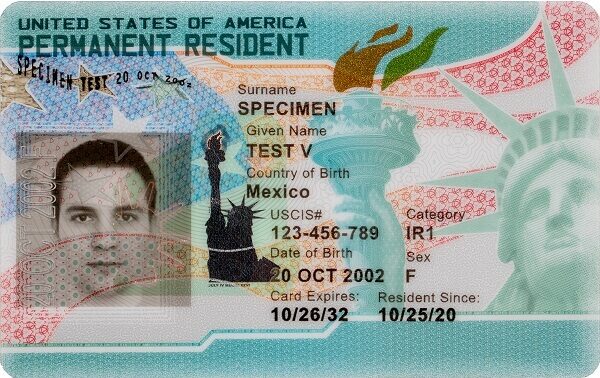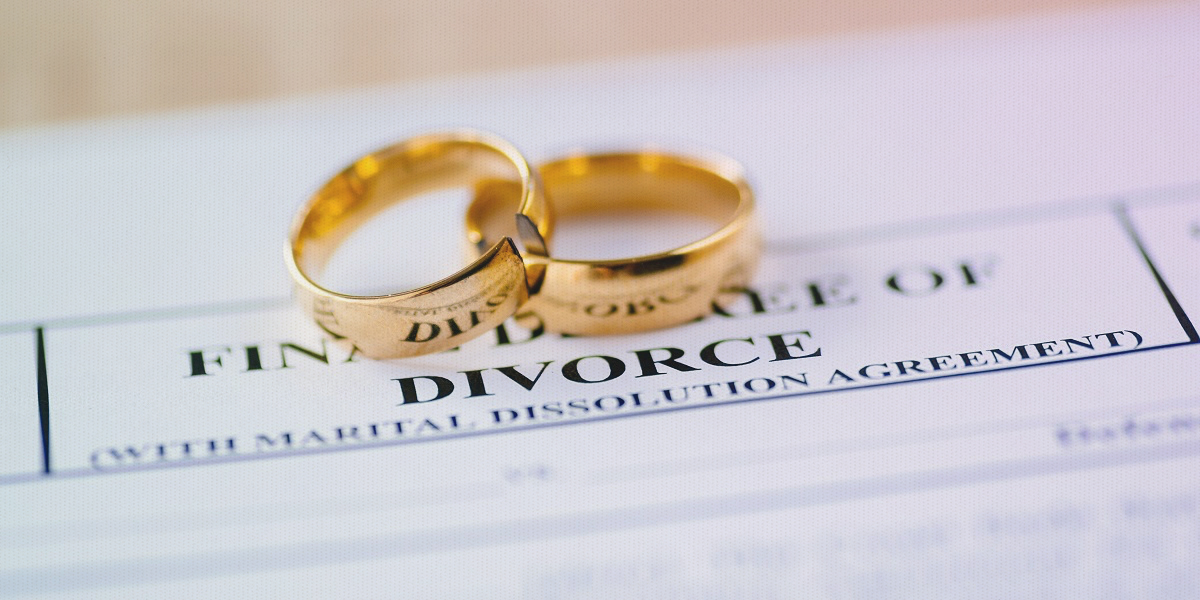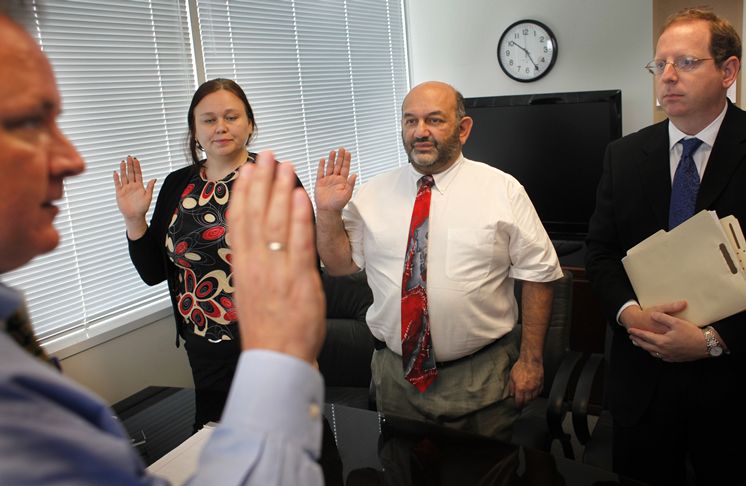

If you received a conditional green card through marriage to a U.S. citizen, you may have questions about how to get your 10-year green card. We’ve compiled a list of frequently asked questions related to preparing and filing Form I-751 to remove conditions on a green card.
CitizenPath’s online software helps conditional residents prepare Form I-751 with guaranteed results. Based on our experience, we wanted to share some of the most common questions related to the removal of conditions and filing the I-751 petition.
Table of ContentsWhen you obtain a green card through marriage to a U.S. citizen, the U.S. government admits you as a conditional resident if the marriage is less than two years old at the time of the admission. The status is valid for two years, and consequently the conditional green card expires after two years. You have all the same rights and privileges of a lawful permanent resident, but there’s one more step to make it permanent.
Conditional residency is like a probation period. During the two years, you and your spouse build a record of your married relationship together. At the end of the period, you will file Form I-751, Petition to Remove Conditions on Residence. Additionally, you'll need to include supporting documents as evidence of the bona fide marriage.
The conditional two-year period is in place to help prevent marriage fraud. Therefore, couples should take the filing process very seriously as it’s more than just filing a form. The couple must prove their good faith marriage. Upon approval of the I-751 petition, the permanent resident (along with any children that filed on the same petition) will become lawful permanent residents with 10-year green cards.
As a conditional resident, your green card is valid for two years. Generally, you and your spouse must file Form I-751 to remove the conditions on the green card in the 90-day period before your green card expires. It's a joint petition -- so both spouses file Form I-751. (You may request to waive the joint filing requirement under certain circumstances that you are unable to file jointly.)

Some people get confused when USCIS refers to a “two-year anniversary.” The anniversary refers to your permanent resident status, not your marriage. Review the front of your green card and locate the expiration date. You can file Form I-751 any time in the 90 days that precedes the expiration date.
If the you fail to file Form I-751 (Petition to Remove Conditions on Residence) before your green card expires, you can lose your resident status. Without a valid immigration status, immigration enforcement has the authority to remove you from the United States.
However, if you fail to file through no fault of your own, you may file late with a written explanation and request that USCIS excuse the late filing. USCIS may excuse your failure to file before the expiration date if you demonstrate certain criteria. When you submit the petition, you must show that the delay was due to extraordinary circumstances beyond your control. You'll also need to demonstrate that the delay was reasonable. If you do have a compelling reason to file late, you should respond immediately. And you should consider contacting an immigration attorney that can guide you through this process.
Again, there is an exception if you are applying for a waiver of the joint filing requirement. You may file Form I-751 at any time after you are granted conditional residence and before you are removed from the United States.
If you have a lost, stolen or damaged green card, you may need to file Form I-90, Application to Replace Permanent Resident Card, to obtain a new one. There will be a government filing fee, and it will take approximately 8 to 12 months to receive a new card. However, do not use Form I-90 if you are within the 90-day window before your card expires. And never use Form I-90 to renew your conditional green card; you may only use Form I-90 to replace it.
In general, you are required to file Form I-751 jointly with the spouse through whom you obtained conditional status. However, sometimes life events get in the way. You may apply for a waiver to the joint filing requirement if:
The waiver is not a separate form. You should prepare Form I-751, Petition to Remove Conditions on Residence, and select the appropriate category in Waiver or Individual Filing Request (Part 3).
If you apply for a waiver to the joint filing requirement, be aware that USCIS will likely scrutinized your petition more closely. You will need to provide ample documentation that proves you entered your marriage for genuine reasons, not for the purpose of evading U.S. immigration laws.

A waiver for the I-751 joint filing requirement gives conditional residents a way to file Form I-751 without the ex…
If your dependent children acquired conditional resident status on the same day as you or within 90 days thereafter, simply include their names and information in the same Form I-751 that you are filing for yourself. Be sure to include the additional biometrics fee and supporting documents.
However, if your dependent children acquired conditional resident status more than 90 days after you, use a separate Form I-751 to remove the conditions.
Submit evidence indicating that the marriage for which you were granted conditional status was entered in “good faith” and was not for the purpose of circumventing immigration laws. In other words, you need to prove that it is a real marriage. Submit copies of as many documents as you can to establish this fact and to demonstrate the circumstances of the relationship from the date of marriage to the present date, and to demonstrate any circumstances surrounding the end of the relationship, if it has ended. Examples of acceptable documents include but are not limited to:
All of the evidence referenced above is more effective if it starts at the time the marriage began up to the present time. Support your affidavits with other types of evidence listed above.

When filing Form I-751, Petition to Remove Conditions on Residence, a conditional resident and spouse must provide evidence that they…Continue…
Approximately 4 to 6 weeks after properly filing Form I-751, USCIS will mail you Form I-797, Notice of Action. This "receipt notice" is your proof that USCIS has accepted the petition and will be processing your case. The receipt notice also extends your resident status for an additional 48 months while USCIS adjudicates your case. Therefore, it is an extremely important document. Use the receipt notice together with the expired green card to prove it validity.

Within the following month, you will receive an appointment notice for a biometrics screening. This is generally a short appointment at a local USCIS office that includes gathering your fingerprints, photograph and signature.
The I-751 processing time varies but is generally 14 to 24 months. It can take longer in some cases. Upon approval, the immigrant spouse will receive an approval notice and then the 10-year green card in the mail. For current processing times for the office near your, check USCIS.
In some cases USCIS may ask you to attend an interview with your spouse. With a well-prepared petition package, USCIS may waive the I-751 interview. Typically, a decision comes shortly after the interview.
 Tips for Avoiding the I-751 Interview After Conditional Residence”" width="373" height="243" />
Tips for Avoiding the I-751 Interview After Conditional Residence”" width="373" height="243" />
It is possible to avoid the dreaded I-751 interview. No couple wants to visit U.S. Citizenship and Immigration Services (USCIS)…Continue…
Form I-751 processing times are very long. During this time, you may realize you are also eligible to apply for U.S. citizenship through the naturalization process. You may file Form N-400, Application for Naturalization, even if your I-751 is still pending.

As a permanent resident who is married to a U.S. citizen, you may be eligible for naturalization after just three…
Whether you can apply to remove conditions now or in the future, a few things have sure become more and more important as we’ve seen immigration policies change:
When you use CitizenPath, you can be sure you will have support in completing your petition every step of the way. And because we’re online, you can prepare your petition from the comfort and safety of your own home.
Experienced attorneys review our software to ensure accuracy with current immigration policy. The system alerts you of any problems or missing information, and it shows you samples so you can submit the strongest possible case. In addition to your prepared form, CitizenPath provides you with a set of personalized filing instructions that are customized to your specific situation. The filing instructions provide a detailed checklist of supporting documents, directions on how to organize your petition, and where to mail it.
We are so sure that our software is the best possible way to complete your USCIS petition that we have an Approval Guarantee. If USCIS denies your petition, you get your USCIS fees AND our service fee back.
Take the guesswork out of your I-751 petition package and prepare your forms through CitizenPath. Start preparing your I-751 petition today and don’t pay until you’re good to go.